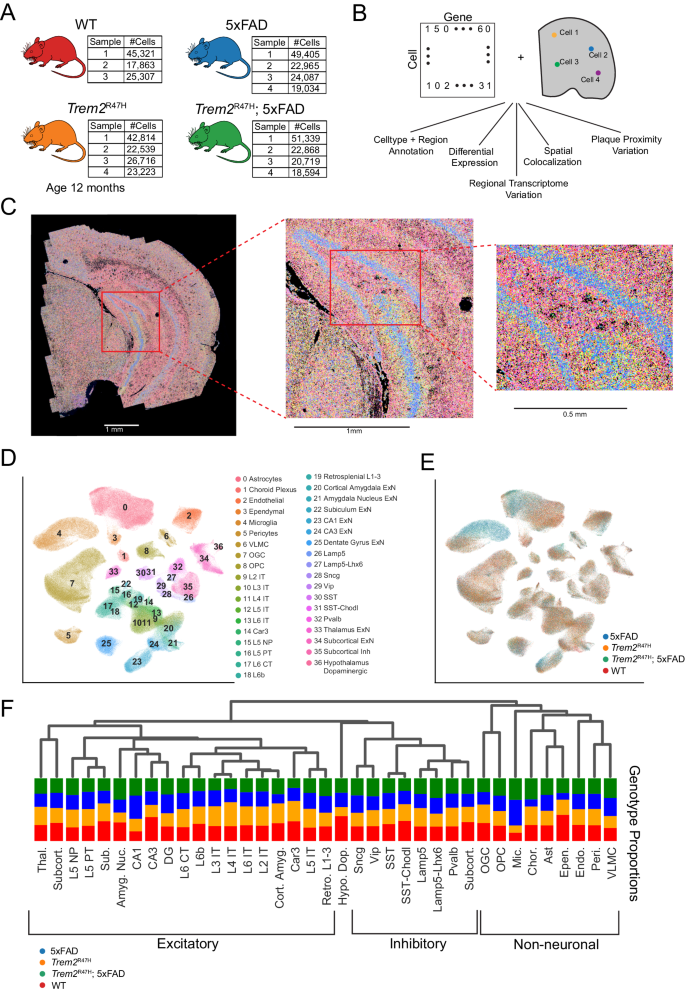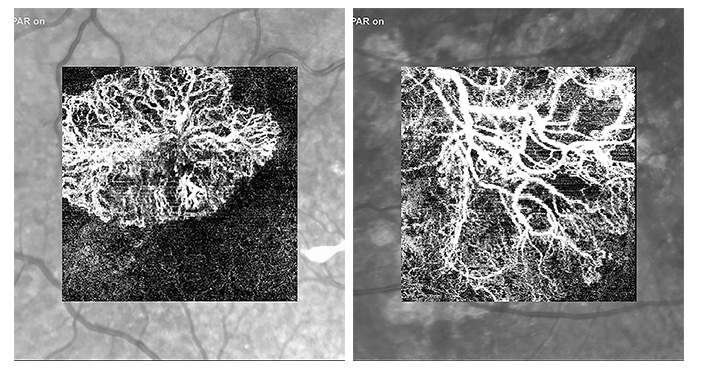2024-08-06 カリフォルニア大学サンディエゴ校(UCSD)
<関連情報>
- https://today.ucsd.edu/story/3d-models-provide-unprecedented-look-at-corals-response-to-bleaching-events
- https://journals.plos.org/plosone/article?id=10.1371/journal.pone.0303779
度重なる熱ストレスに耐えるサンゴには、淘汰と順応の兆候が見られる Corals that survive repeated thermal stress show signs of selection and acclimatization
Orion S. McCarthy ,Morgan Winston Pomeroy,Jennifer E. Smith
PLOS ONE Published: July 31, 2024
DOI:https://doi.org/10.1371/journal.pone.0303779
Abstract
Climate change is transforming coral reefs by increasing the frequency and intensity of marine heatwaves, often leading to coral bleaching and mortality. Coral communities have demonstrated modest increases in thermal tolerance following repeated exposure to moderate heat stress, but it is unclear whether these shifts represent acclimatization of individual colonies or mortality of thermally susceptible individuals. For corals that survive repeated bleaching events, it is important to understand how past bleaching responses impact future growth potential. Here, we track the bleaching responses of 1,832 corals in leeward Maui through multiple marine heatwaves and document patterns of coral growth and survivorship over a seven-year period. While we find limited evidence of acclimatization at population scales, we document reduced bleaching over time in specific individuals that is indicative of acclimatization, primarily in the stress-tolerant taxa Porites lobata. For corals that survived both bleaching events, we find no relationship between bleaching response and coral growth in three of four taxa studied. This decoupling suggests that coral survivorship is a better indicator of future growth than is a coral’s bleaching history. Based on these results, we recommend restoration practitioners in Hawaiʻi focus on colonies of Porites and Montipora with a proven track-record of growth and survivorship, rather than devote resources toward identifying and cultivating bleaching-resistant phenotypes in the lab. Survivorship followed a latitudinal thermal stress gradient, but because this gradient was small, it is likely that local environmental factors also drove differences in coral performance between sites. Efforts to reduce human impacts at low performing sites would likely improve coral survivorship in the future.


